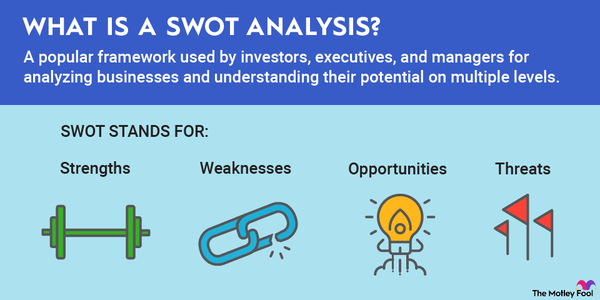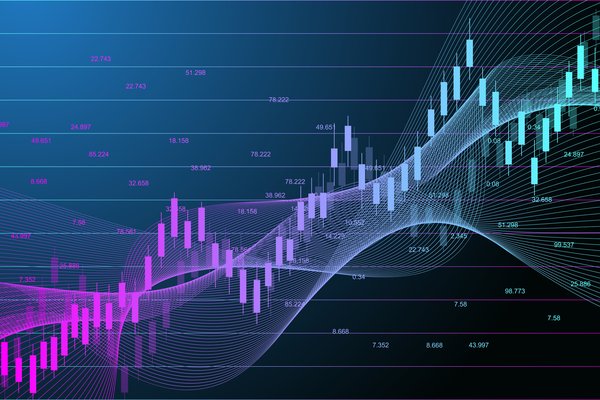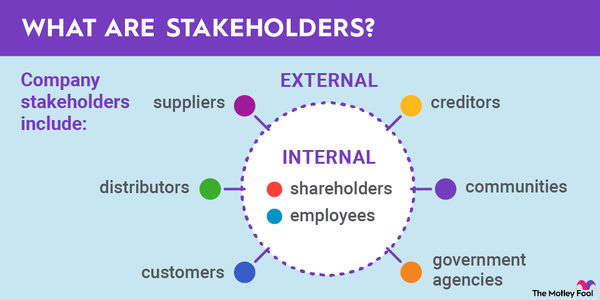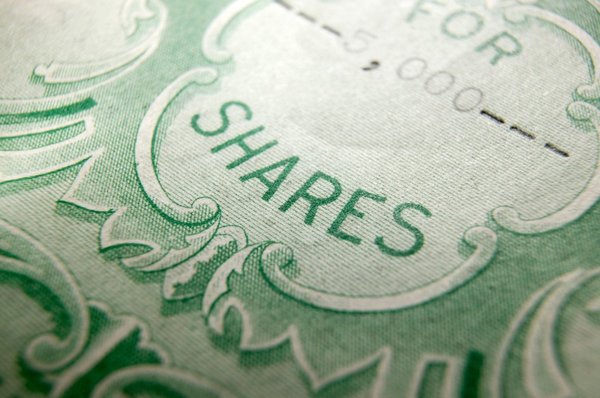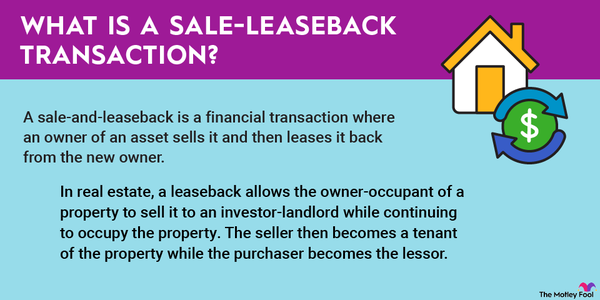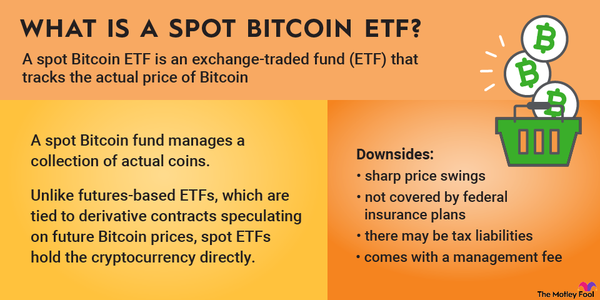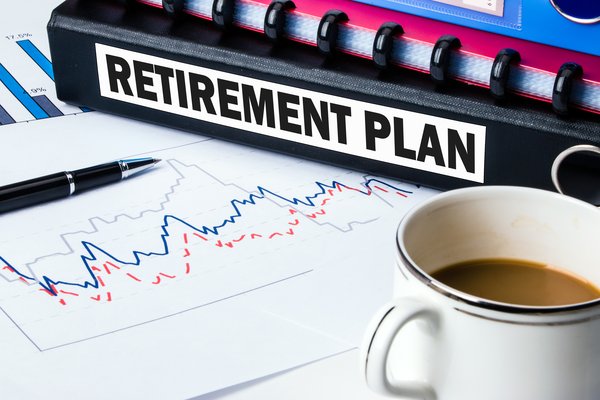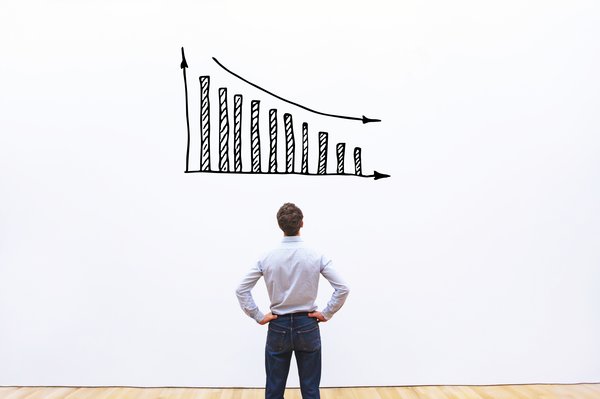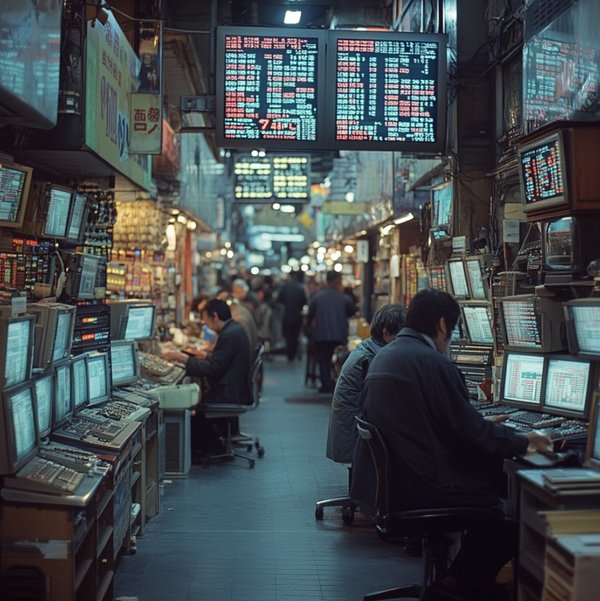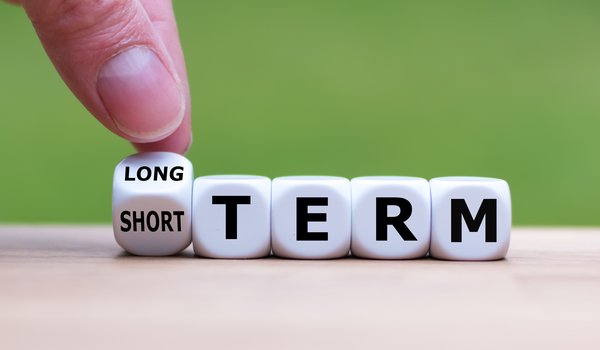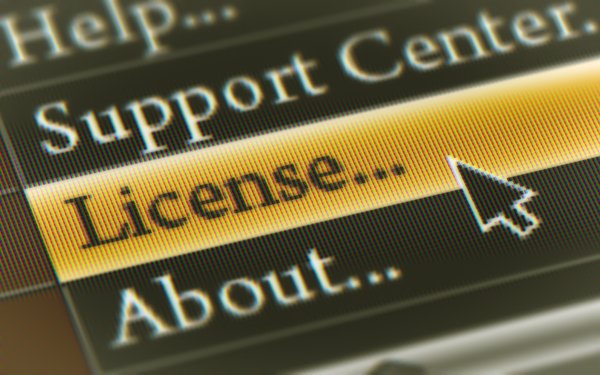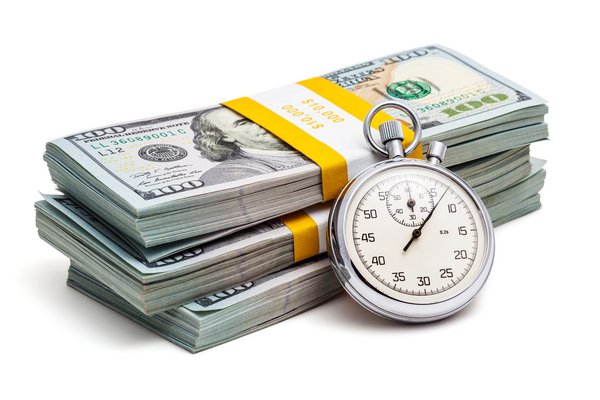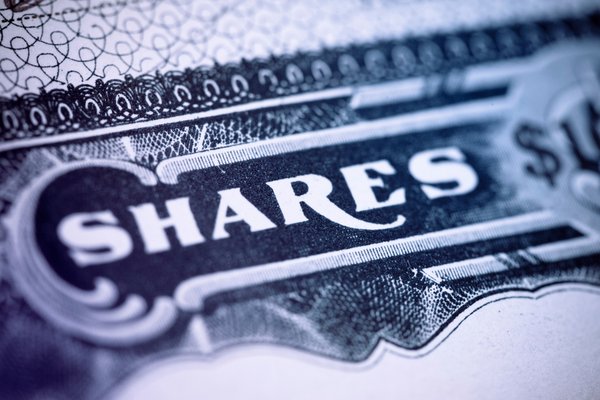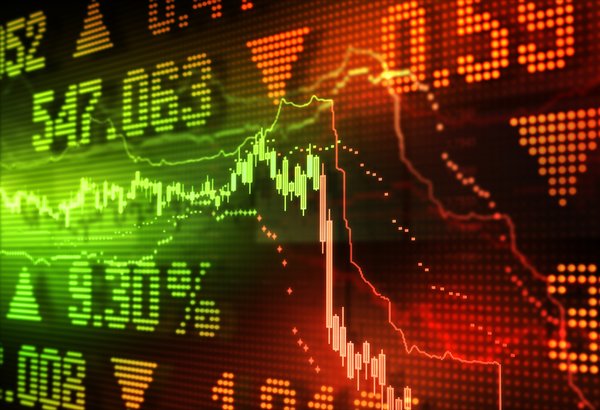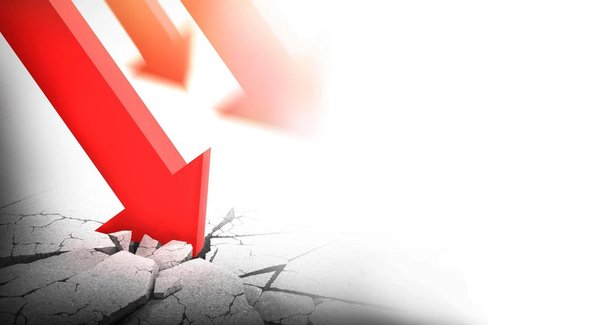When choosing an investment, especially a mutual fund or stock, you have options, including which share classes you want. Some share classes are limited to certain types of investors, while others are available to anyone with a brokerage account.
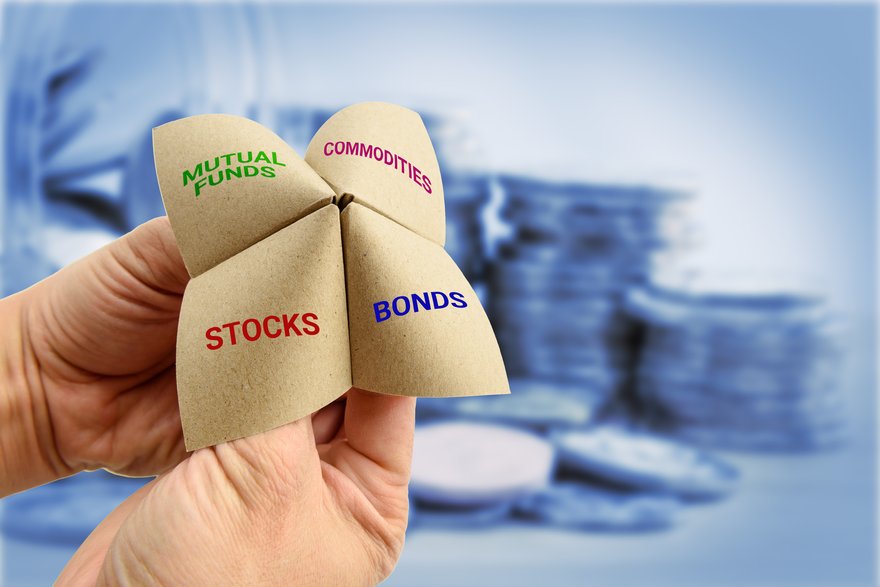
What are share classes?
What are share classes?
Share classes are a way to classify different types of investments with different characteristics within the same company or mutual fund. Often, the higher the rank of the share classes, the more likely they are to recover their investment from bankruptcy, as well.
Share classes may also grant shareholders different rights, including voting rights, within the investment hierarchy, which explains why certain share classes are limited to company insiders.
Share classes in stocks
Share classes in stocks
Stocks have several share classes, as well as classes within those classifications. They include:
- Common shares. Common stock shares are what most regular investors end up buying, although you can sometimes buy other shares, too. Common stock is divided into Class A and Class B shares (and sometimes more), each with different types of voting rights and priorities. Class A shares usually have a higher dividend priority and more voting rights.
- Executive shares. These stock shares are usually just for founding owners and key employees (generally C-Suite members) but may occasionally be issued to early investors. Executive shares come with multiple votes per share, making them very important and very limited.
- Preferred shares. If you don't care about voting rights but do care about dividends and claims to payment in case of liquidation, you may want preferred stock shares. These stocks are prioritized over common shares, regardless of common share class.
- Non-voting shares. Non-voting stock shares are another type of shares sans voting rights that typically come about as a later stock offering. If a company wants to issue shares without diluting existing shares, it may offer non-voting shares in the future. These shareholders still get dividends, if applicable, but they cannot vote.
Of course, stock characteristics can also vary a bit depending on how the individual company wants to set up its share classes, but this is a good general guide.
Share classes in mutual funds
Share classes in mutual funds
When it comes to mutual funds, rather than voting rights, share classes tend to indicate how and when certain fees, known as loads, are paid. Mutual fund classes are typically divided into:
- Class A. Although fees can be lower, they're paid as part of the initial investment, called a front-end load. With some class A mutual fund investments, you can earn discounts by investing more.
- Class B. Class B mutual funds are excellent opportunities for long-term investors because they often wait to charge load fees until you sell. Many offer an opportunity to earn the right to convert to Class A mutual funds, removing the load fees altogether if you hold them long enough.
- Class C. Unlike Class A and Class B mutual funds, Class C funds tend to be paid for using ongoing maintenance fees rather than load fees at the beginning or end of the investment. That means you'll pay something periodically throughout the length of the investment. So, you definitely want to be sure you're coming out ahead after that's taken into account.
- Institutional shares. There are additional institutional types of mutual fund share classes, Classes I, R, N, X, and Y. Retail investors do not typically encounter these.
Related investing topics
Why they matter to investors
Why do share classes matter to investors?
Whether you're investing in stocks or mutual funds, it's important to understand share classes because they tell you other things about the investment. For example, knowing you're looking at two different mutual funds -- one that's a Class B and the other a Class C -- would help you better prepare for the fees that await you and ensure that you know to look for terms that could remove load fees over time.
When it comes to stocks, knowing what class you're buying tells you how many votes you get and your priority in case of a business bankruptcy. Buying a stock in a lower class may save you money, but it could also cost you if the business goes under.









